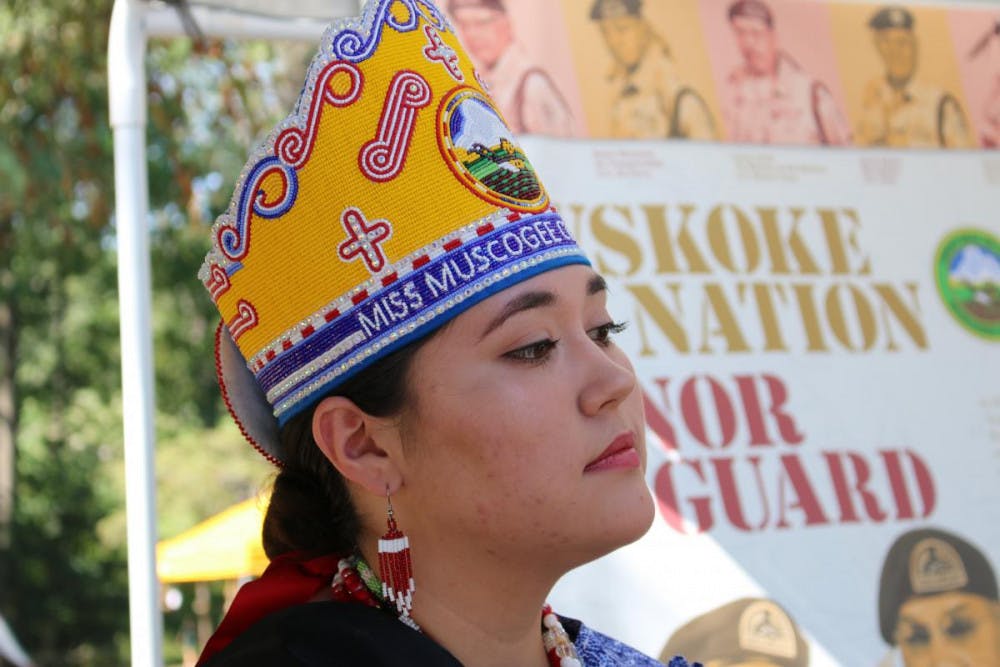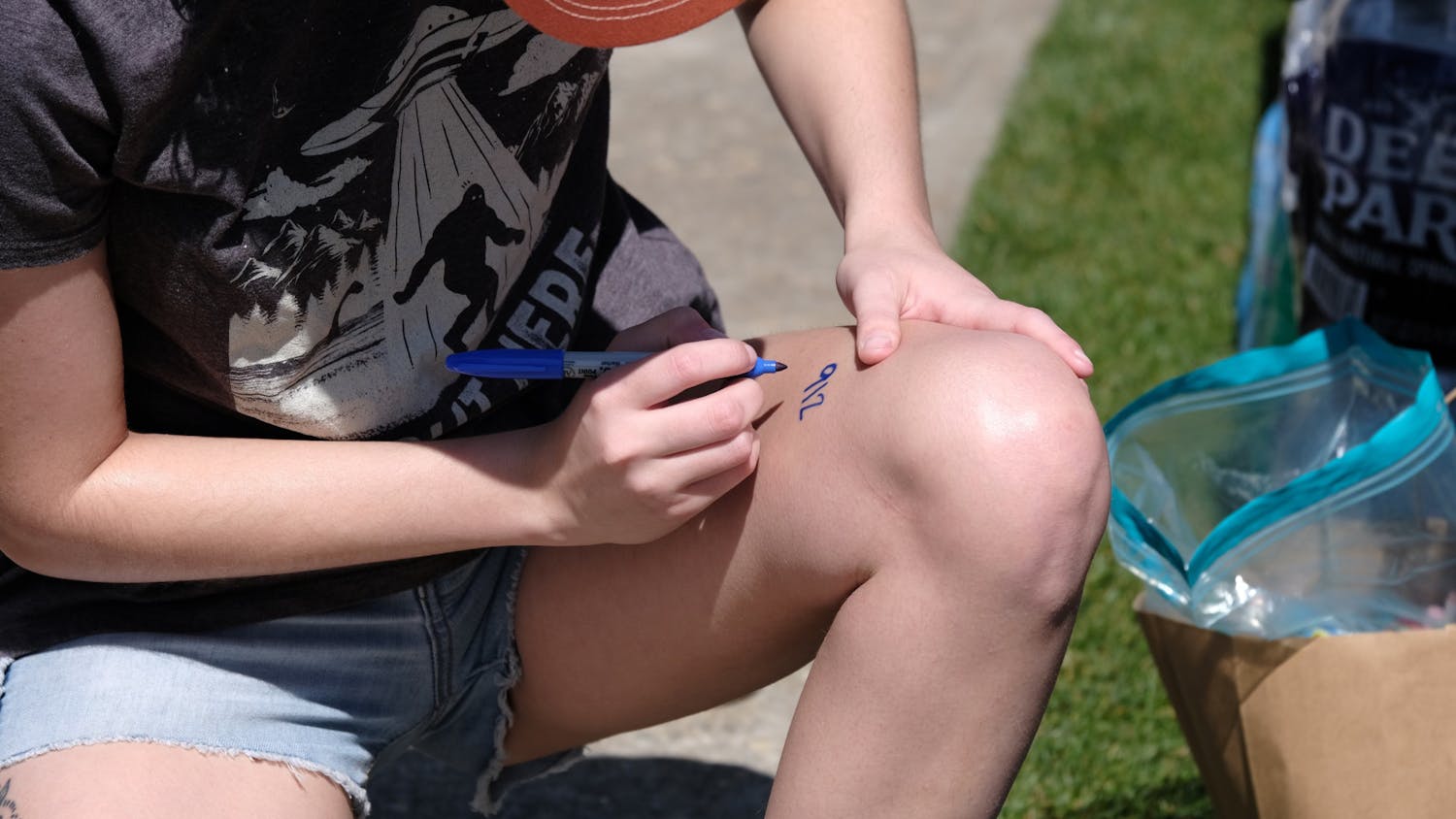For members of the Muscogee Creek Nation, the Ocmulgee National Monument in Macon has been sacred ground for hundreds of years.
But in the 1930’s, archeologists unearthed millions of objects from the Ocmulgee, including the remains of people who were buried at the site.
Now, some of those people have been brought back home.
In September, tribal members traveled to Macon from Oklahoma for the annual Ocmulgee Indian Celebration, a public observance of their culture and heritage that draws thousands of visitors each year.
Just weeks before, they were there for a more private event, the re-burial of 113 of their ancestors and 42,000 funeral objects.
Raelynn Butler is the tribe’s Historic and Cultural Preservation manager. She oversaw the reinterment, and says it’s the largest in the tribe’s history.
“Those individuals you know at one time they had a proper funeral, and they were buried by people that loved them,” Butler said. “And so for us the most respectful thing we can do is to put them back where they belong and to make sure that it was done in a respectful way and to let them be at rest again.”
Butler said that the wishes of native people were overlooked when archeologists unearthed nearly 3-million objects from the Ocmulgee in the 1930s and split them between museums, universities and the federal government.
“No one asked the descendants you know, ‘Is it OK if we keep them and keep them in these facilities for 80 years to study them?’” Butler said.
Amberly Proctor was in Middle Georgia for the Ocmulgee Indian Celebration as the current Miss Muscogee Creek Nation.
She said that while she’s happy her ancestors have been returned to Ocmulgee, she wishes the reburial wasn’t necessary.
“It’s very emotional because you know when we bury our people, they are meant to stay buried,” Proctor said. “They should never be dug up or anything. We never should have had to come to this point where we had to put them back to where they belong.”
And putting them back can be a lengthy process. It took the tribe twenty years to complete this reinterment.
The Native American Graves Protection and Repatriation Act, or NAGPRA, allows descendants to request the return of remains held by the federal government.
The remains they received were previously held by entities under the National Park Service.
But the process is different for museums like the Smithsonian’s National Museum of the American Indian.
Butler says the tribe believes additional remains are there, but must go through a lengthy process involving extensive research to get them back.
“I think a lot of times our histories are oral history, and we can't necessarily prove that we were in an area before contact, before written history,” Butler said. “And so I think tribes have a hard time being able to prove or to prove in an empirical way that those remains are affiliated to us.”
Jackie Swift is the repatriation manager at the National Museum of the American Indian, and she’s of Comanche and Ft. Sill Apache descent. She says the museum tries to be flexible in the reinterment process.
“It’s been one of the founding tenets that there not be any human remains under our stewardship and that they all should go home back to their communities of origin,” Swift said. “Every human being deserves a respectful burial and, in this case, re-burial and so we really really try and look at it from that perspective.”
Back at the festival, John John Brown, an elder of the Muscogee Creek Nation, said he hopes more remains will be brought back to Ocmulgee while he’s still alive to see it.
“I do hope that at some point that they do realize that it's real important, especially to the native americans, that their bones and remains go back to where their people put them,” Brown said.
Where the bodies were reinterred at Ocmulgee is being kept private, but Butler says that they are where they need to be.
“We know now that those individuals have been put back to rest,” Butler said. “We take great pride in knowing that those people can go on and are back to where they belong.”
Editor's note: a version of this article originally ran on GPB.org on October 24, 2017.
Native remains ‘back where they belong’ after reburial at Ocmulgee

Amberly Proctor, the current Miss Muscogee Creek Nation, traveled to the Ocmulgee Indian Festival following the reburial of her ancestors.




